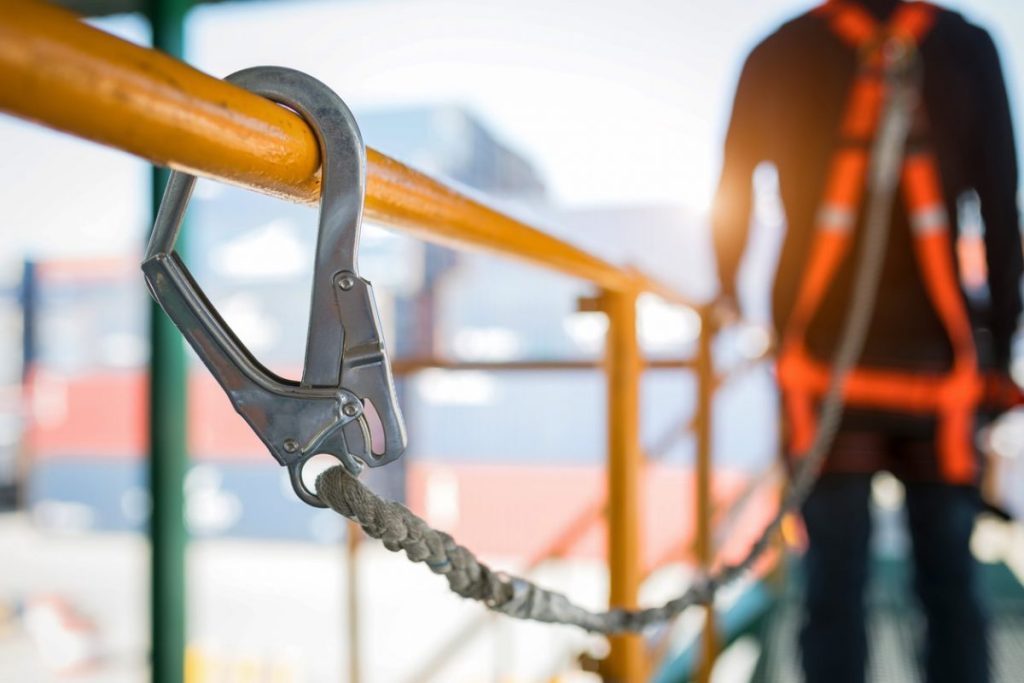When employing the services of a scaffolding company, it is important to remember that there are a number of rules and regulations that must be followed. While it is the responsibility of the scaffolding company to adhere to most of these, it is also your responsibility to ensure that permits are in place, and that guidelines have been properly followed.
There are some regulations that all businesses must follow, including scaffolding companies, as well as laws on the types of insurance that a company must have. These apply to any scaffolding company you are considering hiring, and while ultimate responsibility does rest with the company you choose, you may also be liable if you have not checked that insurance is in place.
Safety regulations are important. Not only are scaffolding poles themselves potentially dangerous, but the construction will normally require that people work at height. There is a risk to anybody working at height, as well as to those that may be at risk of falling objects. A safety inspection must be carried out prior to use of the scaffolding, every seven days after it has been constructed, and following any alterations or any extreme weather conditions.
The person, or company, that puts up the scaffolding, is not only responsible for ensuring that it is safe, but also for ensuring that they apply for any required permits. A permit will normally be required when scaffolding is being built on or around public highways. This includes footpaths, and it may be necessary to plan work when the area is quiet, in order to minimise any potential risk to the public.
Public liability insurance ensures that any accidents are protected by the insurance policy. Specifically, it covers injuries to customers and to third parties. Employers’ liability protects against injuries to employees, and if the scaffolding company has any employees then it is legally required to have this insurance. While it is not your responsibility to manage the insurance policies, it can give you peace of mind and additional protection to ensure that the company you use does have these policies in place.
There are a number of basic and standard scaffolding designs, and having one of these erected does not require any special or additional requirements. Your scaffolding company can create the construct straight away. However, for more complex scaffolding requirements, it may be necessary for them to create a risk assessment, and to submit a design for the scaffolding structure. Some manufacturers will provide the necessary design, and this can help to speed up the process, but where required, the company should provide all of the necessary paperwork and submit it.
Relevant warning signs should be used and implemented wherever necessary. This is to help ensure that unauthorised persons do not use the scaffolding. Without the proper training for working at heights, and without the appropriate equipment and safety clothing, it is easy to suffer injury or to cause damage when using scaffolding. Access to incomplete scaffolding areas should be physically prevented, and barriers erected around the scaffolding to ensure that the construct is used safely and responsibly only by those that know what they are doing.
Working at heights has a number of potential dangers, and not only to the people that are working on scaffolding but to people on the ground and around the scaffolding area. Anybody that will be working on the new construct needs to have undergone appropriate working at heights training, and must have the requisite certificate to be able to legally work atop your scaffolding. This is the responsibility of the employer, or the construction company, and not of the scaffolding company.



